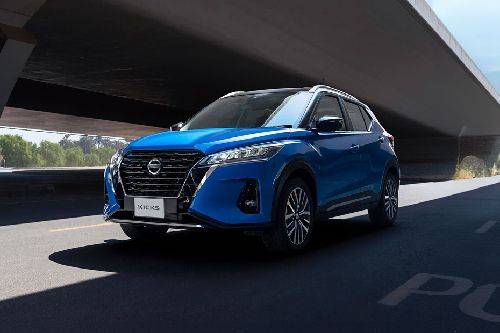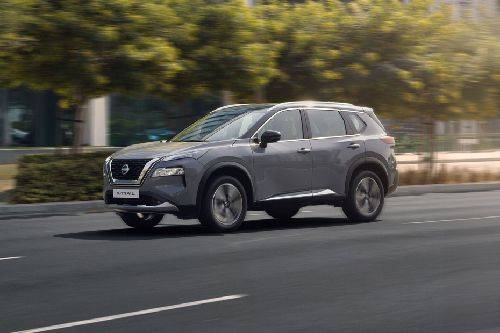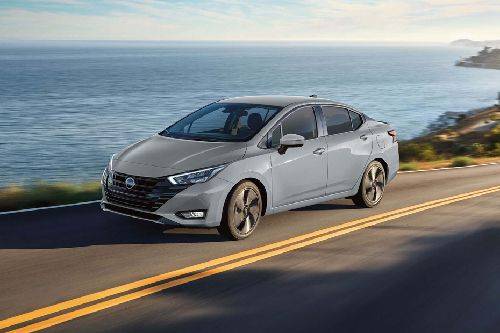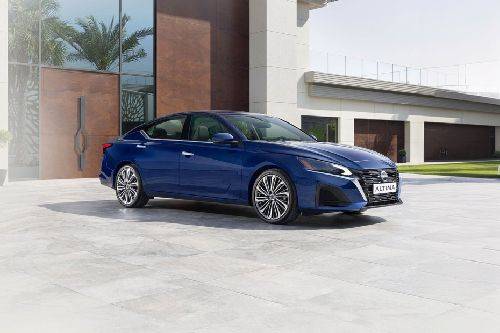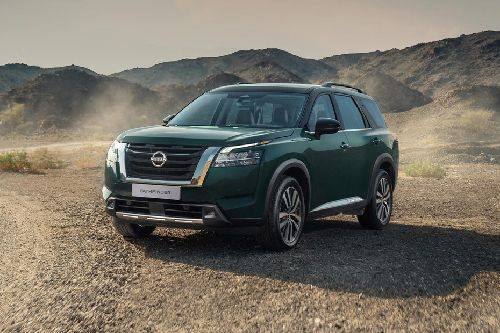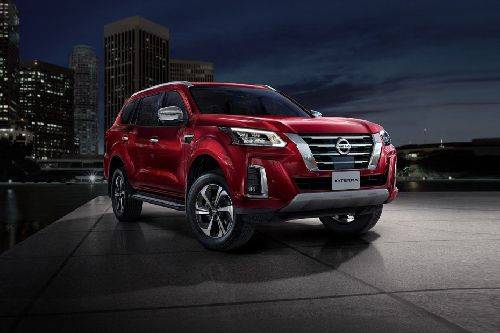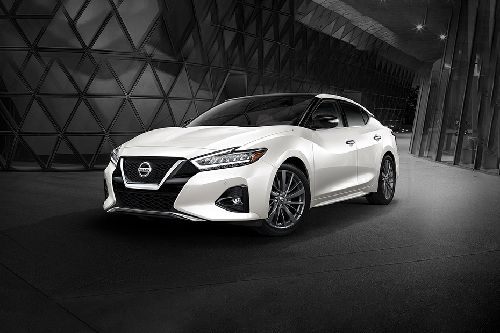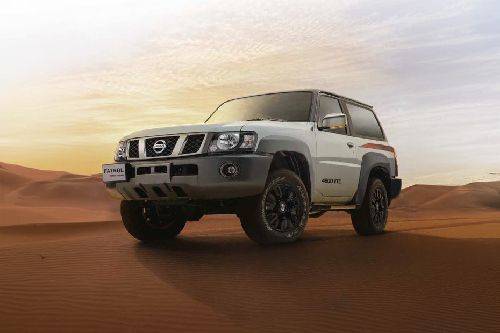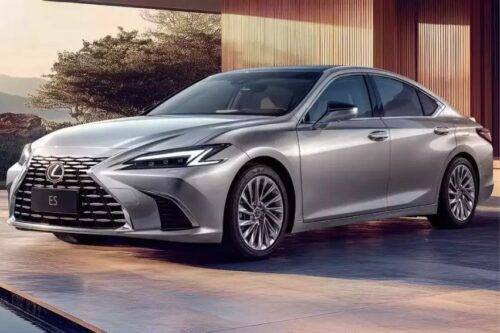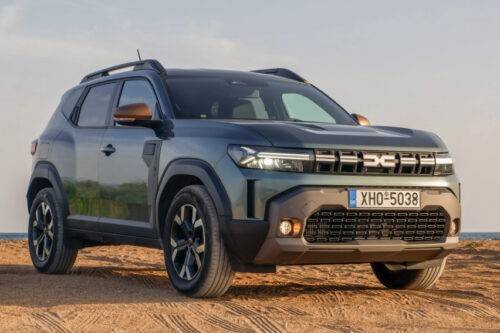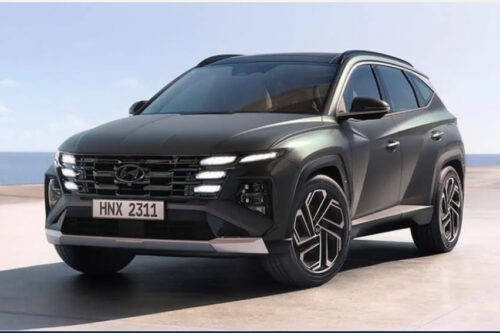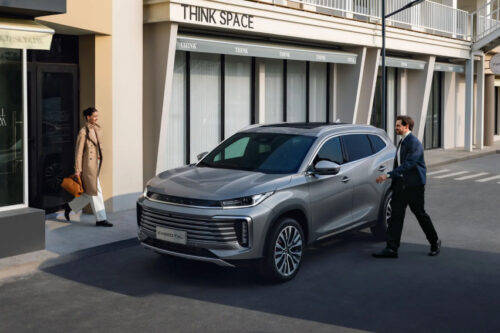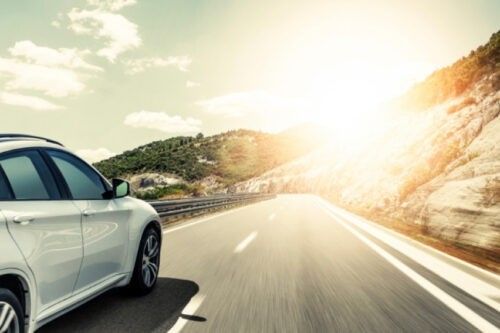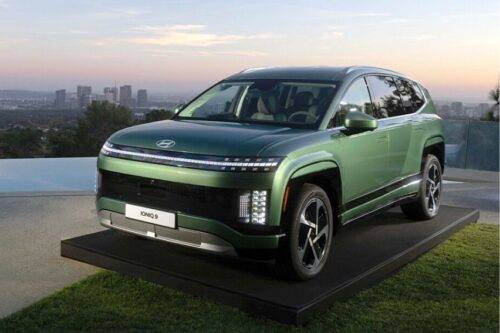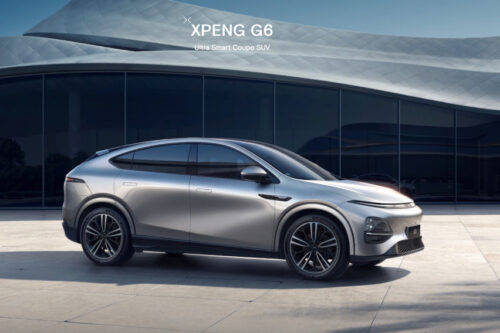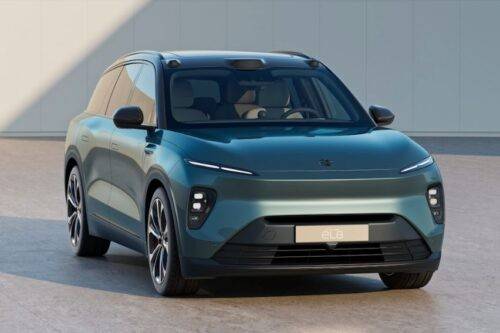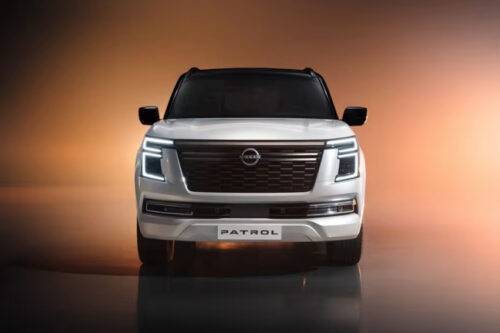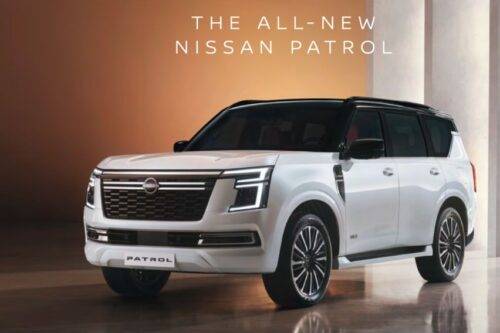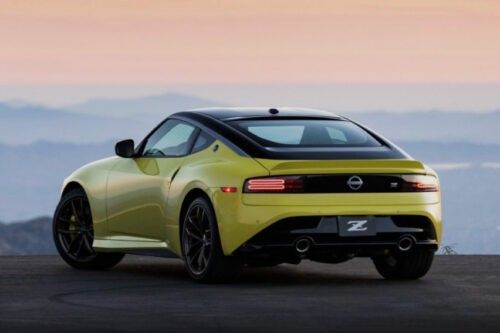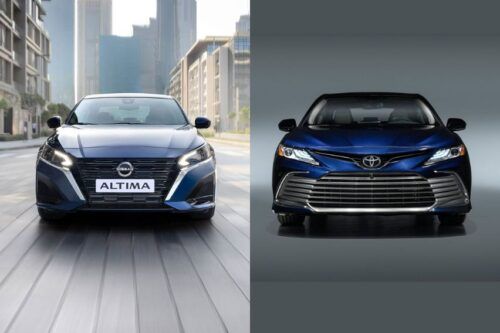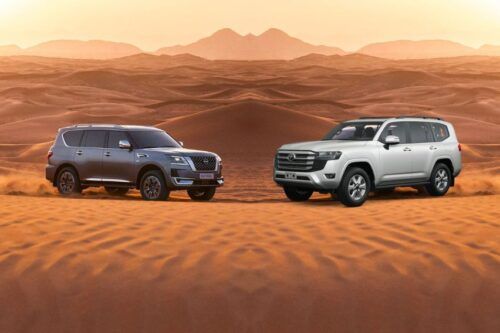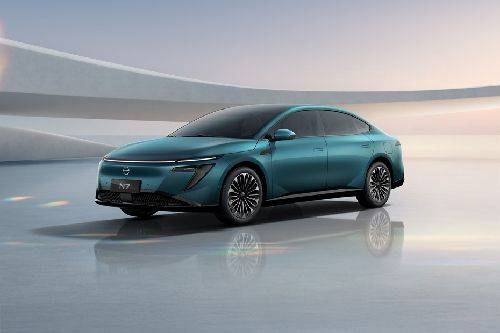A quarter of Nissan vehicles sold by 2022 will be electrified
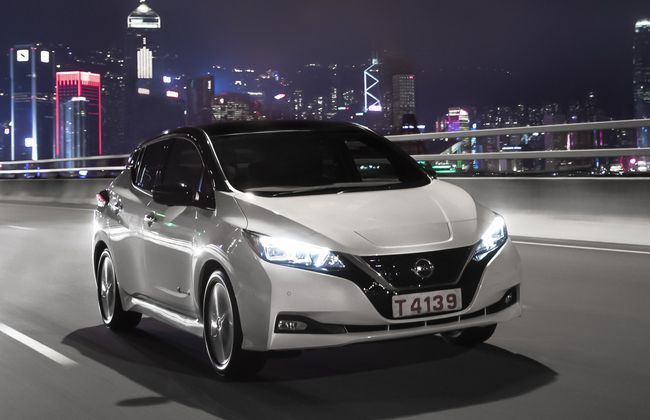
ABU DHABI: As part of Nissan’s M.O.V.E plan, the Japanese automaker has announced to electrify a quarter of its sales in the Asia/Oceania region by 2022. At the 2019 Nissan Futures event held in Hong Kong recently, more details on the plan were unveiled. At the event, Nissan regional senior vice president and head of Asia/Oceania Yutaka Sanada said “Nissan is taking leadership to drive awareness and embracing of electrified mobility in Asia and Oceania. We are creating excitement by bringing the new Nissan Leaf to more markets in the region and introducing in Indonesia and the Philippines is a key step. This allows customers to get the first-hand experience with the benefits of electric vehicles for themselves and for societies.”
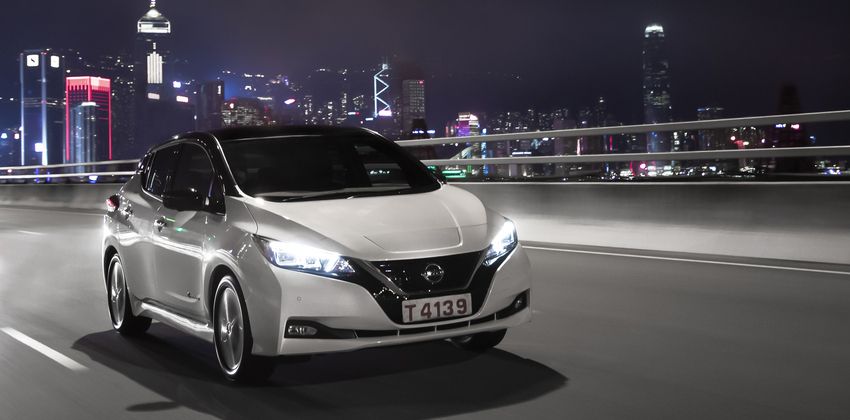
Sanada went on to say that the 2nd generation Nissan Leaf will arrive in the Philippines/Indonesia by 2020, making a total of 9 countries to get the EV. Last year at the Nissan Futures event, only 7 countries were said to get the Leaf. These were Singapore, Malaysia, Thailand, Hong Kong, South Korea, Australia, and New Zealand.
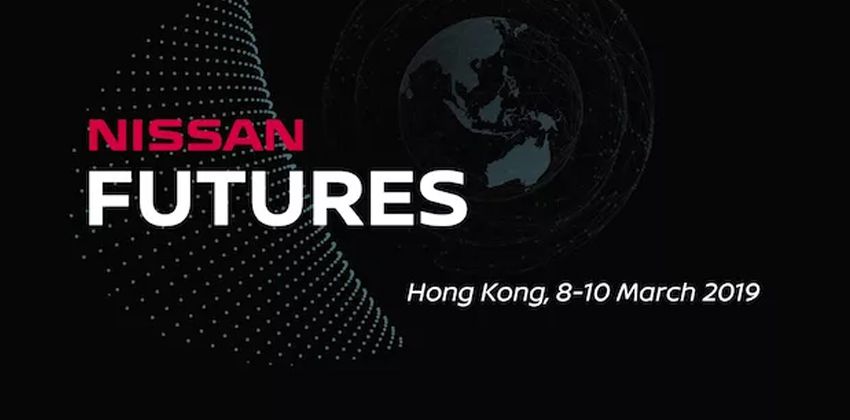
Another plan mentioned at the event was the introduction of e-Power models. The first of these is the Serena e-Power that will debut in Singapore later this year. In order to make these electrified vehicles more accessible, Nissan is looking to begin assembly and localisation of key electrification components. Thailand could possibly be the place where Nissan will assemble its electric vehicles. For Malaysia, the Leaf would have to be locally assembled in order to qualify for incentives under the EEV (Energy Efficient Vehicle) scheme.
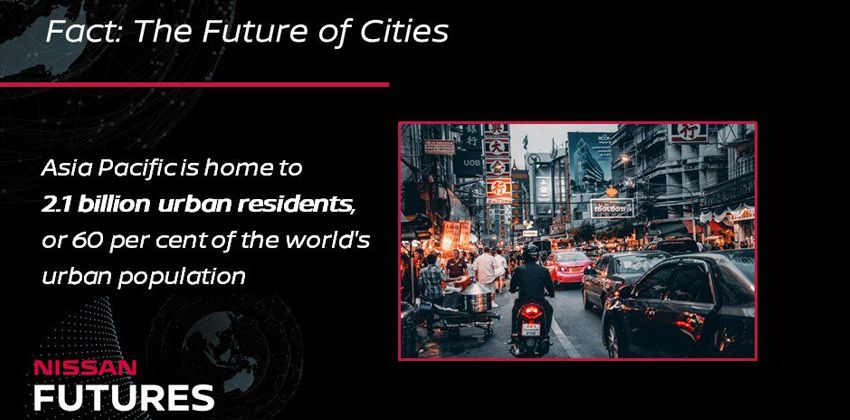
To check the readiness of various markets to accept electric vehicles, Nissan commissioned Frost & Sullivan to prepare a report based on the firm’s Smart Mobility City Tracker Study titled ‘Identifying Smart Mobility Opportunities in nine key cities.’ Cities involved in the report include Bangkok, Jakarta, Ho Chi Minh, Manila, Seoul, Hong Kong, Singapore, Sydney, and Kuala Lumpur. Based on the per capita gross domestic product (GDP) and car penetration, these cities were divided into clusters. Cluster A (high per capita GDP, high car penetration, low modal share of public transportation) consisted of Sydney and Kuala Lumpur. The report revealed that Kuala Lumpur (Smart City Mobility Index of 3.4) is yet to have a comprehensive policy on electric vehicles. The National Automotive Policy (NAP) is said to address this shortly, after which EV sales should increase in Malaysia and infrastructure development should also happen simultaneously.
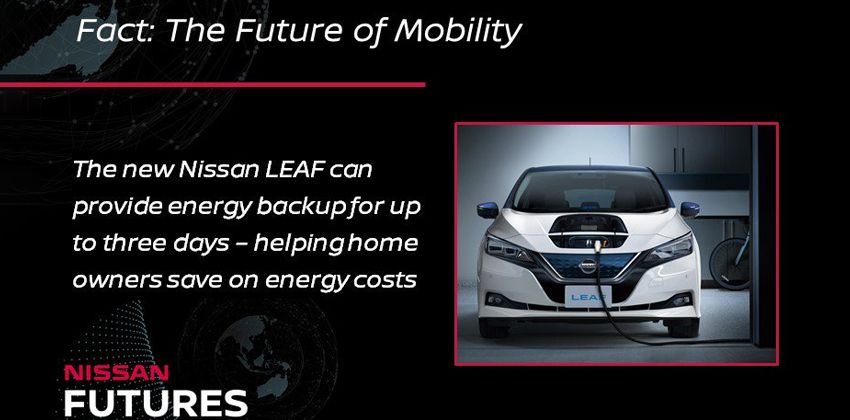
A point of emphasis at the event was the fact that governments play a vital role in the promotion of electric vehicles. This involves strong policymaking, infrastructure development, and reduced entry barriers for customers. There was also a presentation on autonomous systems whereby Nissan views it as a holistic approach with humans in the loop. Lastly, there was a talk on ‘The Future of Energy’ which emphasised about how customers need a complete solution for their vehicle and integration into society. Nissan sees its EVs as being used for bi-directional energy distribution. The Leaf comes with the V2X charging technology allowing you to charge the battery and also use it to partially power external electrical loads like homes, buildings, etc. Japan is already undergoing a pilot project for this V2X system.
Nissan Car Models
- Latest
- Popular
You might also be interested in
- News
- Featured Stories
- Latest
- Upcoming
- Popular


